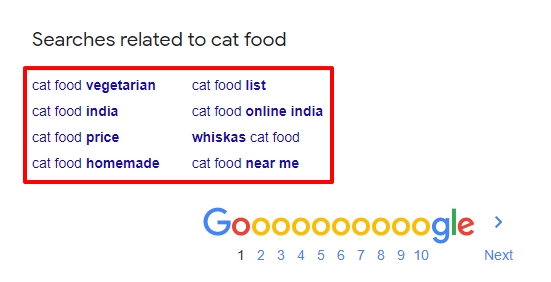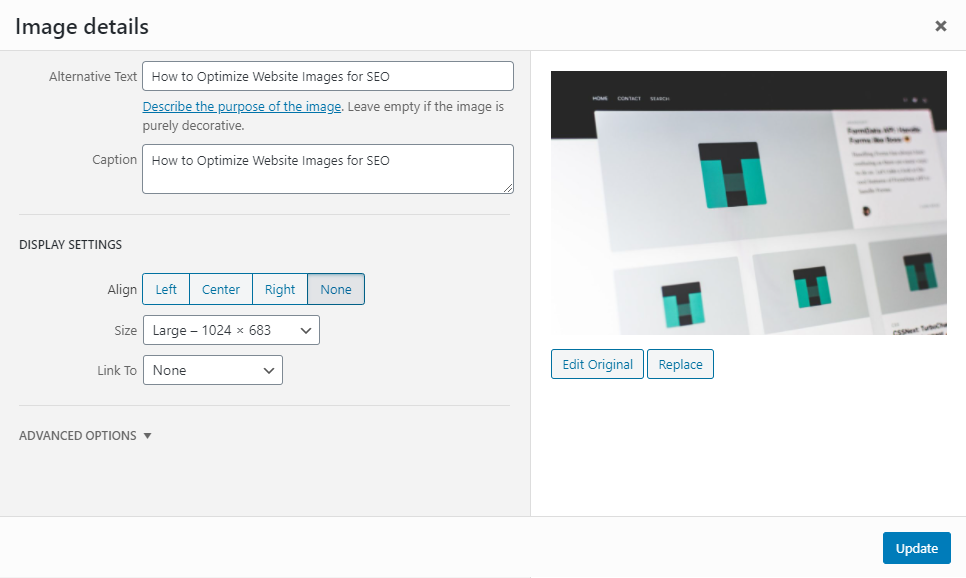6 Proven SEO Tips to Target Keywords in Post for Beginners

How do you think Search Engines like Google, Bing, etc., show a bunch of results for a search keyword?
Well! They take hints from different parts of the web page.
There are many places on a web page, which are in control of the publisher. These can be used to target a keyword of your choice.
First things first. Search Engines are getting smarter day by day.
You may fool them today, but definitely, there is a tomorrow where you have to pay the price when the search engines throw your page down the search results.
Follow these tips that we walk you through, in this article. They will help you to focus on targeted keywords in the post to rank better in search results.
- Proven SEO Tips to Target Keywords in Post for Beginners
Proven SEO Tips to Target Keywords in Post for Beginners
Here are a few effective SEO tips to target keywords in posts or articles, not in any order…
1. Identify Focused Keyword Variations
Prepare your content for all the variations of your Focused keyword. Find the secondary keywords and long-tail keywords and optimize your post for them as well.
Use the following to find the keyword variations –
Use Google Search to identify Keyword Variations
When you start typing the search term in Google Search, Google suggests some of the popular search terms.

You may consider these suggestions for potential variations to the keyword. They can be used to create sub-topics to be included in the post.

At the end of the Google Search results, you would see a section called “Searches related to“. Something like in the following picture for the keyword “cat food”.
These are the variations of the keyword most searched by the users.
Use Google Webmasters
Under Search Traffic, Search Analytics, filter Pages with URLs containing the post slug.
The filtered results contain the search terms that have placed the web page/post in the Google Search results.
Using these search terms, prepare potential variations of the keyword.
Including these keywords as sub-topics of the post would not only target these keyword variations but also boost the target keyword.
2. Include Keyword in Title and Meta Description of the Page
<title>Modified Target Keyword</title>
The title of the web page is a great place to let the search engines know what we are going to focus on in the article.
Meta Description is used to let Search Engines know about the summary of the article.

It is advised to add some modifiers to the target keyword, then just keeping the actual target keyword as the post title.
Meta Description should be straight forward. It should summarize the web-page in just around 160 characters.
If you are using the WordPress framework, you can use a plugin to specify a custom title and meta description for a page.
Read How to Write Better Title and Meta Description for SEO for more tips and strategies to target the keyword.
3. Include Keyword Variations in Headings
Now, I am considering that you have gathered a few keyword variations as per step one, have used the same in the post title and meta description as well.
It’s time to make sure the use variations of your focused keywords in the heading of your post content.
i.e. H2, H3, H4
By reading H1 (the title), visitors should right away know what is going to be there throughout the post.
It is better to add modifiers to the target keyword than to use a variation in subheadings of your blog post.
4. Structured Data with variations of Target Keywords
Make sure you use the variations of target keywords in the Structured Data of your post.
You could use the secondary keywords in Structured Data like:
- List Items – create a listing section in the post and use the target keyword variations in that
- Tables – using the target keyword variations can be helpful if you are writing a comparison of two products in your post
- Quotes – it would be a good idea to mention quotes related to your focused keywords that include target keyword variations.
Similar to this list you just read!
5. Include Keyword variations in the Alt Attribute of Image
It is quite obvious that your post has a few images. For a thumb rule, you should add images after every 300 words in your post.
It is recommended to include the keyword variation in the Alt Attribute (Alternative text) of the post images, also in the featured image.
And it would be a cherry on the cake if you include target keywords variation in the Image caption, Title, and Description as well.

I have written a detailed post on image optimization for SEO, Read more about How to Optimize Blog Images for SEO to Increase Traffic here.
6. No Keyword Stuffing
Last but not least, no keyword stuffing.
Earlier days, it was used to be a norm that, the higher the no. of keywords, the higher the chances in search rankings, but it does not work now.
As I have already mentioned that search engines are getting better and smarter day-by-day to identify and produce the best results from the users’ perspective.
Keyword stuffing makes read your content poor, and it is not user friendly as well.
For Keyword Density, you can make your own thumb rule and it should not be more than 0.4 – 0.6% including the target keyword variations.
That’s it!
Did you know all these SEO tips to target keywords in posts?
What are the other things you focus on while targeting keyword in posts, do share via the comments below, I would be happy to include them in the post.





